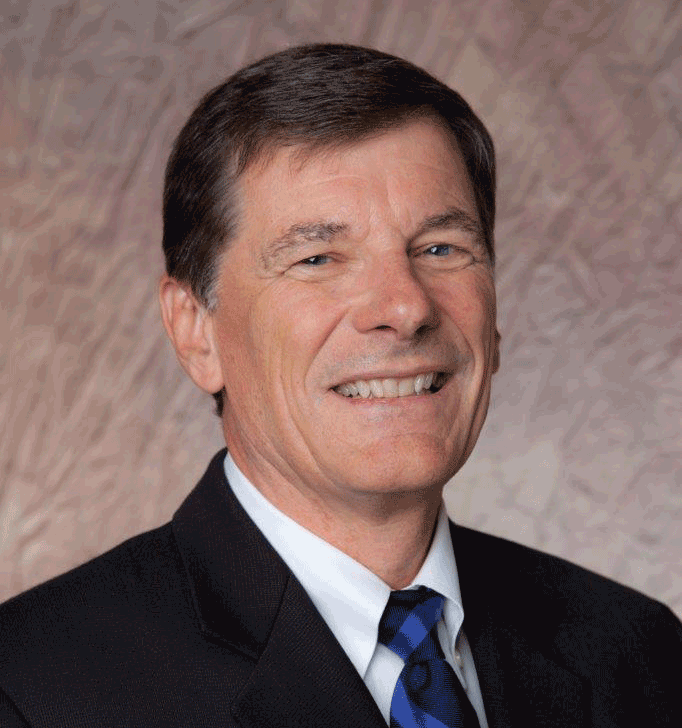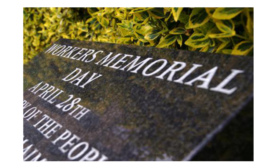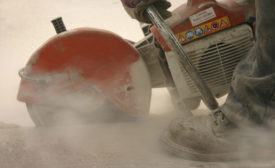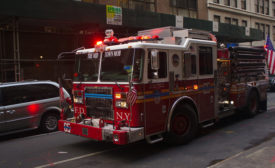Home » occupational disease
Articles Tagged with ''occupational disease''
A NIOSH Science Blog post
Help set the research priorities for occupational respiratory diseases
June 7, 2016
Workplace fatalities have increased
The leading cause of workplace death is also most-violated OSHA Standard
April 28, 2016
U.S. Department of Labor blog
Early Detection Saves Lives: How to #StopSilicosis
April 4, 2016
U.S. DOL Blog post
“It Took About 5 Years to Kill Him, and We Got to Watch”
March 25, 2016
Firefighter Cancer Registry Act introduced in Congress
Bill from NY Representative Hanna would create a collection of firefighter cancer data
March 21, 2016
Never miss the latest news and trends driving the safety industry
eNewsletter | Website | eMagazine
JOIN TODAYCopyright ©2024. All Rights Reserved BNP Media.
Design, CMS, Hosting & Web Development :: ePublishing








